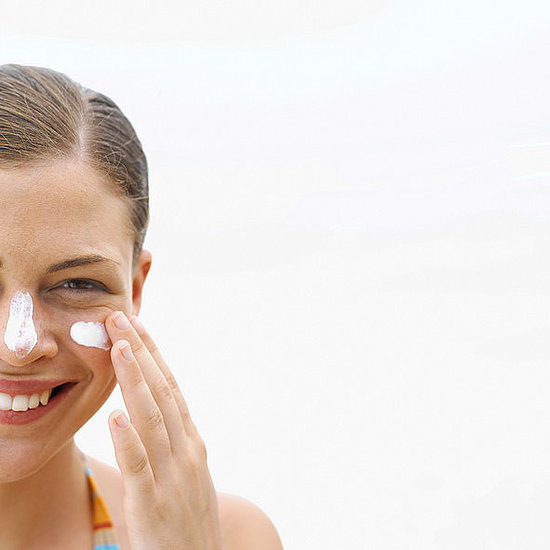Summer has arrived!! And thousands of people have started to flock to their local swimming pools to soak up some sun!! So perhaps now is a good time to discuss sunscreen. Hopefully the following Q&A will provide a good refresher for staying safe in the sun this summer.
photo: ermoumag.com
Who needs to use sunscreen? Everyone. The American Academy of Dermatology recommends that, regardless of skin type, a broad-spectrum (protects against UVA and UVB rays), water resistant sunscreen with an SPF of at least 30 should be used year round. It is likely that very few people follow this guideline.
What are UVA and UVB rays? Sunlight consists of two types of harmful rays: ultraviolet A (UVA) rays and ultraviolet B (UVB) rays. UVA rays penetrate deeper into the dermis, which is the thickest layer of the skin. UVA rays interferes with the immune systems’ ability to protect you against the development and spread of skin cancer. UVA rays also contribute to wrinkling and age spots. The UVB rays are the ones that cause sunburn. Excessive exposure to either one can cause skin cancer.
When should you use sunscreen? Sunscreen should be applied every day to exposed skin. Many moisturizers and make-up products contain sunscreen. If sunscreen is already a part of a product you would normally put on every morning, then it will be easier to protect your skin.
How do I use sunscreen? This may seem like a silly question, but you’d be amazed at how many people are doing it incorrectly. Sunscreen should be applied to dry skin 15-30 minutes before going outdoors. Coat the skin liberally and rub it in thoroughly. I myself, have been guilty of not applying liberally enough. The resultant splotchy burn is tender and unattractive. An ounce is considered a sufficient amount to cover the exposed areas of the body properly. Make sure you reapply approximately every two hours or after swimming or sweating.
What type of sunscreen should I use? I’m sure you’ve noticed that there are many kinds of sunscreen. Gazing at the sunscreen aisle can leave a person confused and overwhelmed. Ideally, sunscreens should be water-resistant, have an SPF of 30 or higher, and provide coverage against both UVA and UVB light. Many people also wonder about the difference between sunscreen and sunblock. The basic difference is that sunscreen absorbs UV rays, while sunblock reflects them.
photo: teamsugar.com
How long is sunscreen good for? Do I need to get new bottles every summer? The FDA requires that all sunscreens be effective for at least three years. Make sure to date your bottles when you buy them and only use them for three seasons. I don’t know about you, but I would never be able to make a bottle of sunscreen last more than one season.
What does SPF stand for and what does it mean? SPF stands for sun protection factor. This number reflects the product’s ability to screen UVB rays only. The sunscreen SPF rating is calculated by comparing the amount of time needed to produce a sunburn on sunscreen-protected skin to the amount of time needed to cause a sunburn on unprotected skin. A general rule of thumb is to add a zero to the end of the SPF to determine how long it will take before you will develop a burn. For example, if you are wearing an SPF 15, you should have pretty good coverage for 150 minutes. This is not a hard-fastened rule however and varies for each individual. Rembmer, it is still important to reapply every two hours.
What else can I do to protect myself from the harmful rays of the sun? Wearing long-sleeved shirts, pants, a wide-brimmed hat, and sunglasses when possible can help. Also, avoiding the sun when it is at it’s strongest. Finally, find a shady spot.
Ouch!
photo: thriftyfun.com
Is there a safe way to tan? There is no safe way to tan.
So, head to the store, pick up some sunscreen, and enjoy the months ahead while practicing sun safety! Happy summer!





No comments:
Post a Comment